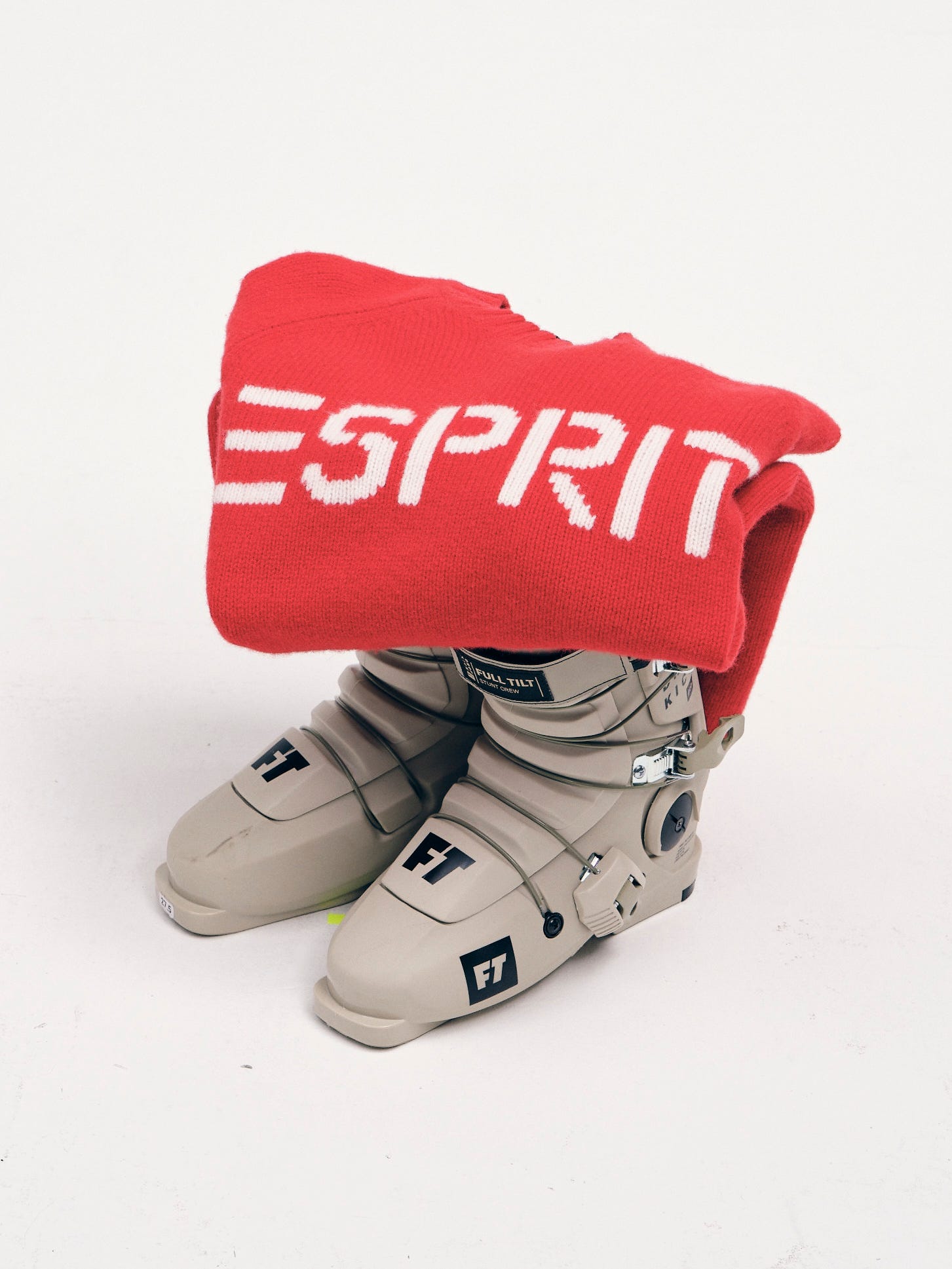Welcome to the Sociology of Business. In my last analysis, Monetizing a brand’s intellectual property, I explained why all brands are now in the show business. Buy my book The Business of Aspiration and find me on Instagram, Twitter, and Threads.
In the first part of the analysis on the role of nostalgia in brand-building, I looked into the limits of nostalgia as a brand strategy, and focused on the importance of cultural alignment between a brand and its context. Through the case study of the ESPRIT’s brand revival, I will now define the key steps in a successful comeback process. They include simultaneous reorganization of creative, strategy, marketing, business and product design, and follow these steps:
Step 1a: Define the brand vision.
A brand vision includes the core pillars of a brand’s aesthetic territory. Starting with a clear aesthetic point of view and having strong visual guardrails is critical. Related to the brand vision are the brand purpose (for ESPRIT, it is our belief that what people wear opens up a world of possibilities for having fun), and our brand role is to mix fashion and fun. We defined the brand as playful, modern, and cool, and these three attributes are present across all brand expressions. Brand vision translates into signature brand look (an ownable styling approach) as well as annual brand and product concepts.
Step 1b: Define the product vision
Please choose one of the paid subscription options to access the rest of this analysis, including the remaining steps in the rebrand process (including brand and product strategy, aesthetic experimentation, and creative world-building).
Keep reading with a 7-day free trial
Subscribe to The Sociology of Business to keep reading this post and get 7 days of free access to the full post archives.



